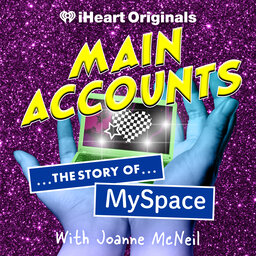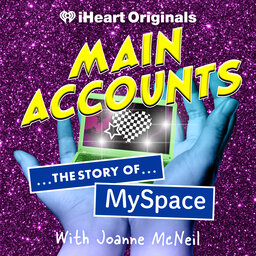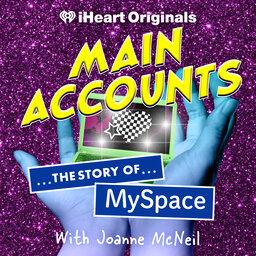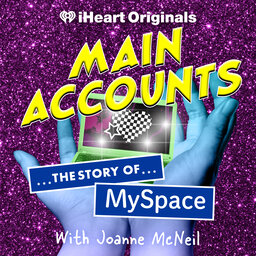Let’s look back at the internet communities that were thriving before MySpace — even before Friendster. Why did MySpace get ahead when there was strong competition from other social networks at the time?
To explore the earliest days of social media, Joanne is joined by investor and entrepreneur Benjamin Sun, who co-founded Asian Avenue in 1997, and Katie Notopoulos, senior technology reporter for BuzzFeedNews.
 Main Accounts: The Story of MySpace
Main Accounts: The Story of MySpace


